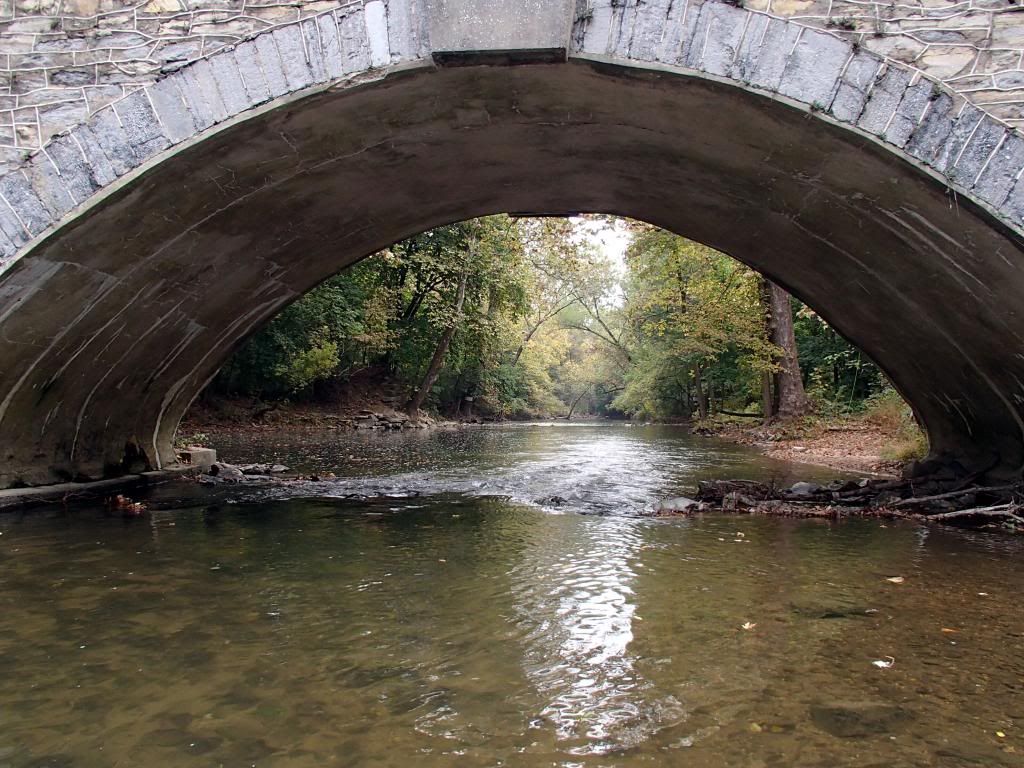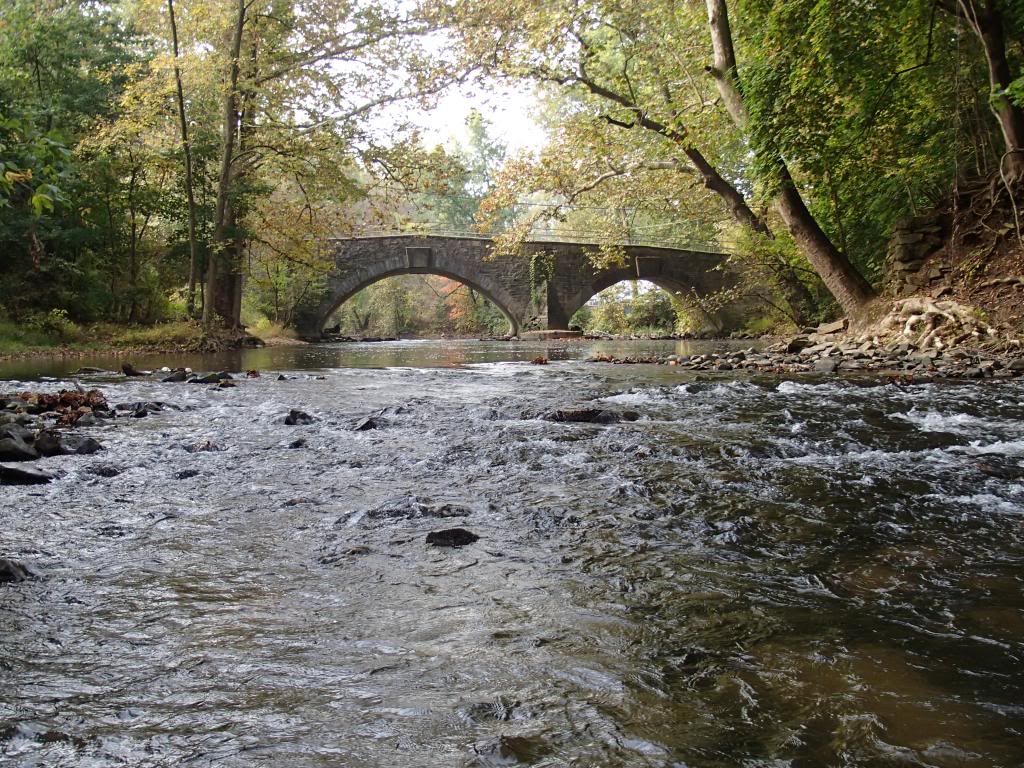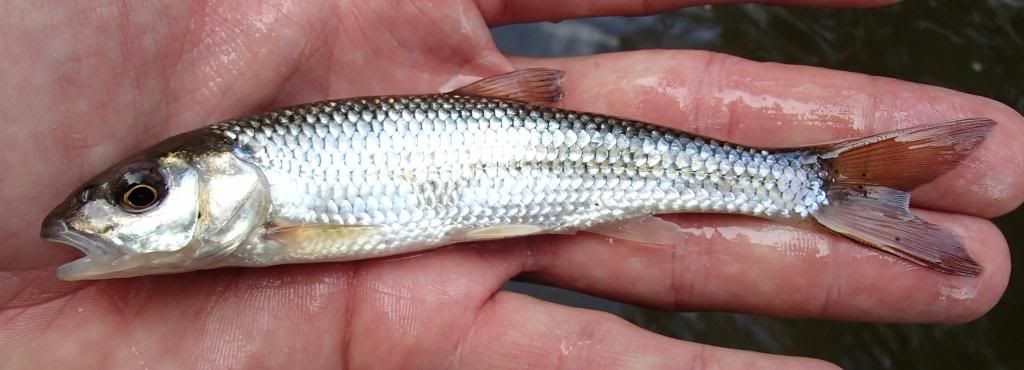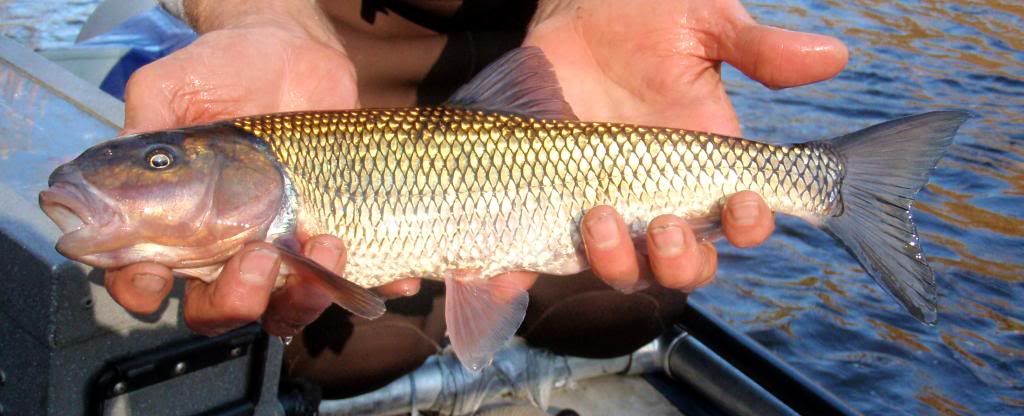As a fisheries biologist at an environmental consulting firm, most of my time in the water was spent in places in greatest need of restoration, mitigation, or biological monitoring of some sort. The Paoli Rail Yard in Paoli, PA (southeastern PA - not far from Philadelphia) was an example of such a place. During the history of the operation of the rail yard, commuter trains were serviced, repaired, and stored on site. Routine maintenance and repair of rail cars often involved the use of electrical equipment containing polychlorinated biphenyls (PCBs). The use of PCBs was common at rail yards and other facilities throughout the country until it was banned for most uses in the 1970s, due to health concerns. For those not familiar with PCBs and the potential health risks, please see this link: http://public.health...nyls(PCBs).aspx
In the mid-1980s, the USEPA determined erosion of soils from the rail yard has contaminated nearby Valley Creek and its tributaries with PCBs. The USEPA declared the site a Superfund Site (for more information on Superfund Sites see this link: http://www.epa.gov/superfund/about.htm) and in 1990 added this site to the National Priorities List. The National Priorities List is a list of the nation's most serious, uncontrolled, or abandoned hazardous waste sites. I should point out these statements are not my opinion, but rather information taken from the USEPA Superfund website for the Paoli Rail Yard (http://www.epa.gov/r...s/PAD980692594/).
With all this being said, the recovery process is in motion, and in October 2013, I was part of a team tasked with conducting an assessment of PCB contamination in fish tissue in Valley Creek and Little Valley Creek (here's a brief explanation of some of the reasons why the public is concerned about PCB contamination in fish: http://public.health...Pages/pcbs.aspx). Although our study mostly focused on brown trout (Salmo trutta), which have a self-sustaining population in the Valley Creek watershed, we also targeted adult white sucker (Catostomus commersonii), as they're long-lived and have potential to accumulate PCBs in their tissue.
Of course, even when electrofishing and targeting only brown trout and white sucker, I can't help but notice and ID the other species present. Here's some pictures and narrative from fish collecting in Valley Creek and Little Valley Creek:
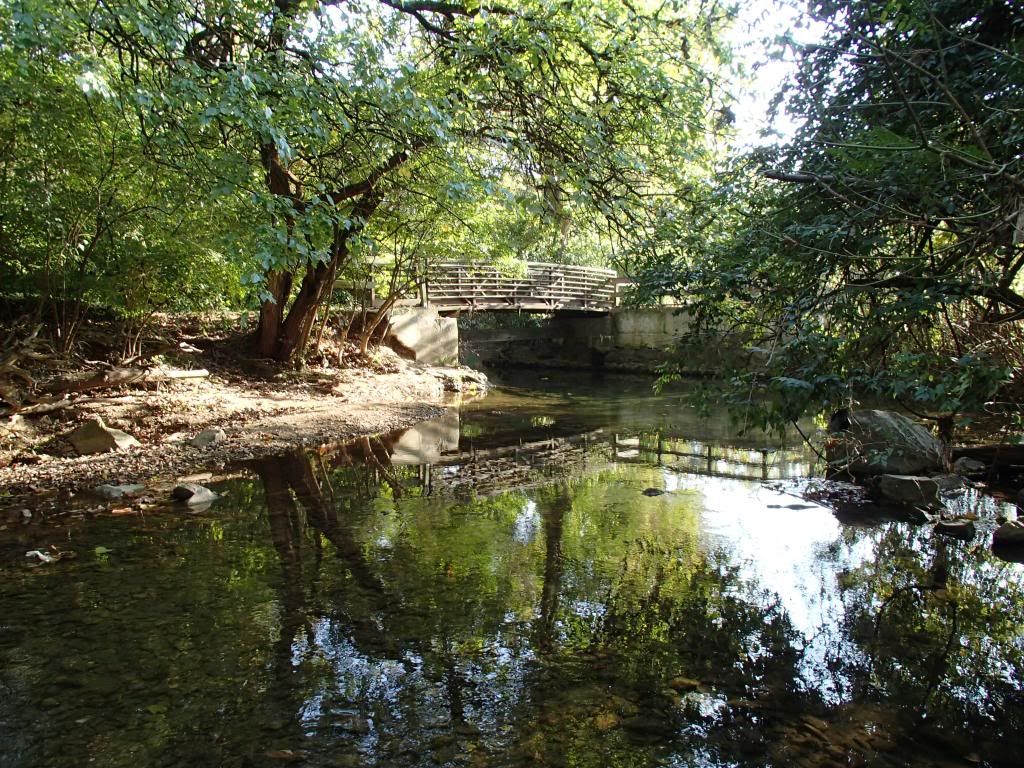
The upper portion of Valley Creek had a limestone cobble and gravel bottom with well defined riffles, runs, and pools. Numerous undercut banks provided habitat for large brown trout. We also found a school of pearl dace (Margariscus margarita) in the pool directly under this bridge. (Note: I left my Peterson's Field Guide at the office, I'm not sure if these pearl dace were Allegheny pearl dace or northern pearl dace. I'd have to check the distribution data). I was excited to encounter these, as I've never collected this species. Unfortunately, light was running low by the time I had an opportunity to photograph any specimens, and I resigned to the thought that we'd be sampling other portions of the creek the next day. As my luck would have it, we didn't catch any more at any of the other sites the next day...oh well. Isn't that usually how it goes?
The next morning I found myself knee deep in Little Valley Creek. Much like the upper portion of Valley Creek, this stream had numerous riffles, runs, and pools with limestone gravel and cobble substrate. The water here was very cool, clear, and full of brown trout of several different age classes.
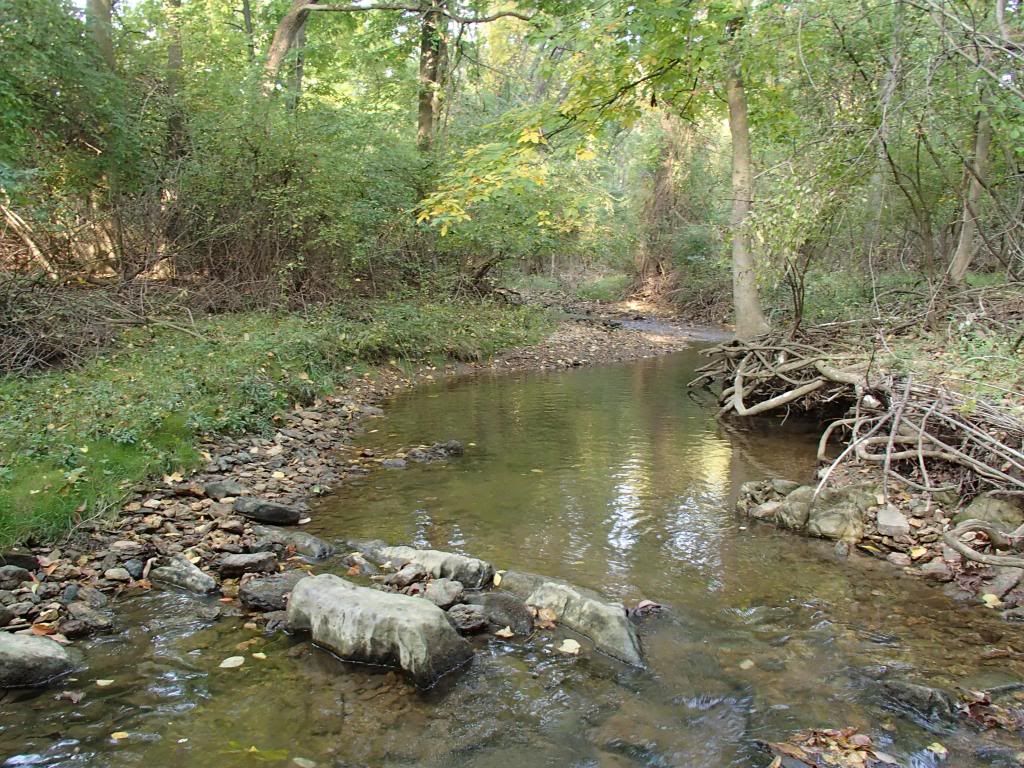
When we moved further downstream in Little Valley Creek, we started to encounter a slightly more diverse fish community. In addition to the numerous brown trout, we collected:
Eastern blacknose dace (Rhinchthys atratulus)
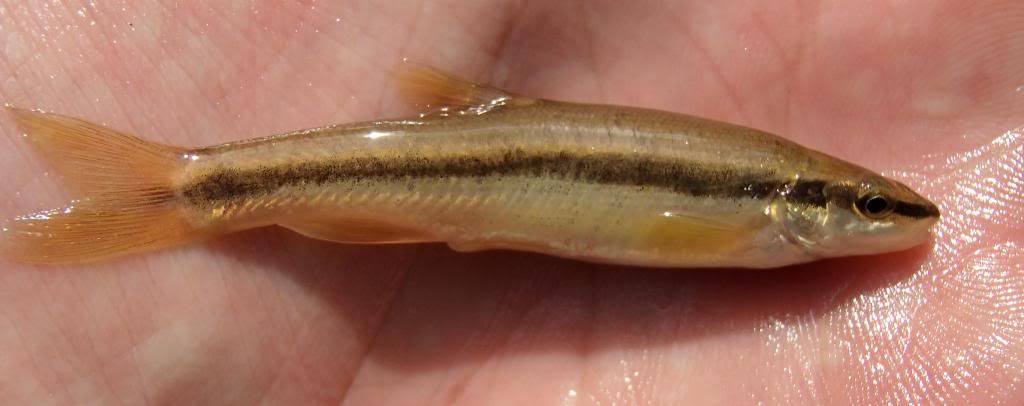
Cutlips minnow (Exoglossum maxillingua)

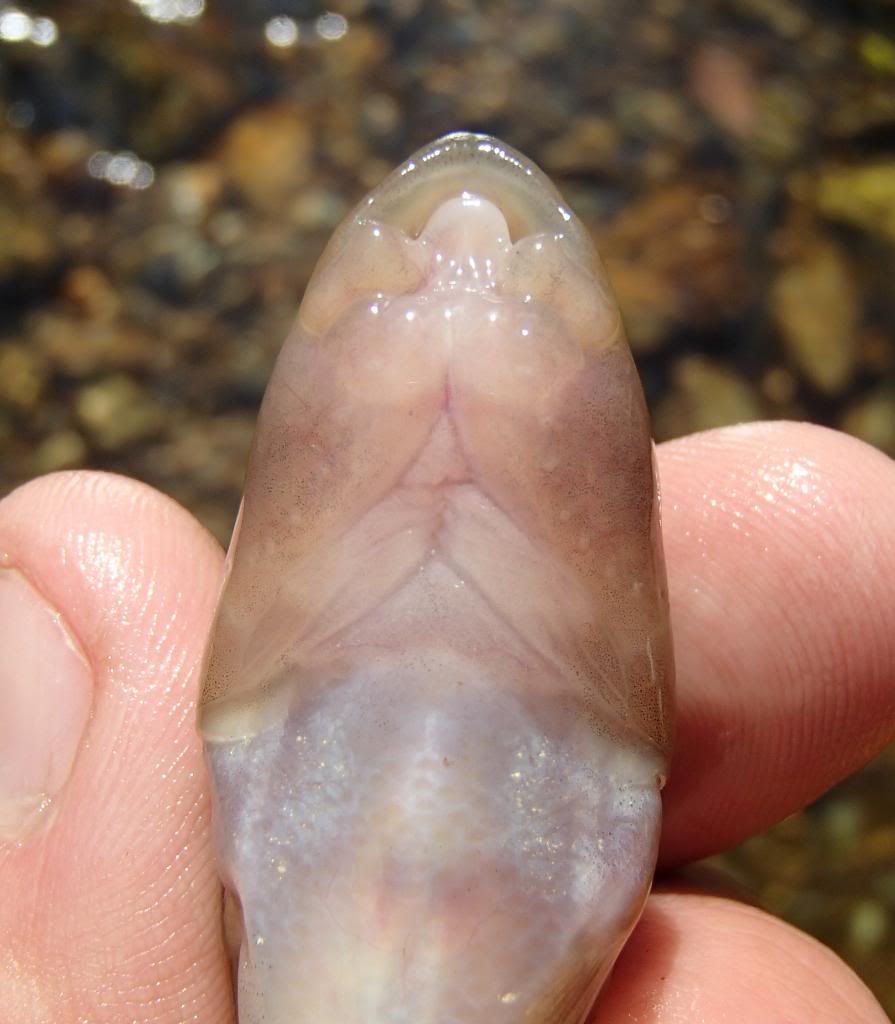
Tesselated darter (Etheostoma olmstedi)
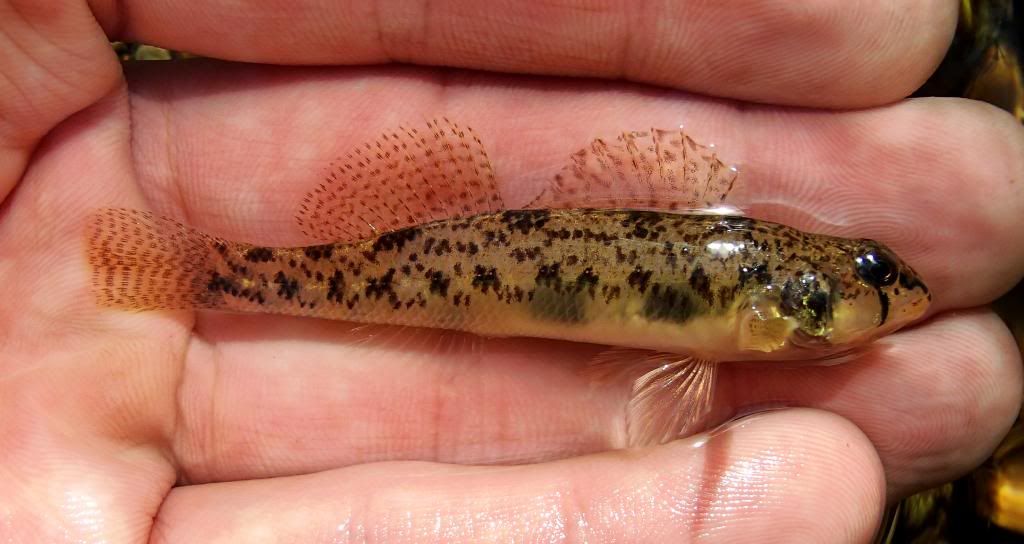
We also encountered pumpkinseed sunfish (Lepomis gibbosus) and bluegill sunfish (Lepomis macrochirus) hiding among the rootwads.
Our last site we needed to visit was the lower end of Valley Creek. Here the stream is much wider and had the most diversity.

This portion of Valley Creek contained a greater variety of habitat types, surely contributing the greater fish diversity. Many of the undercut banks and rootwads were home for young-of-year brown trout.
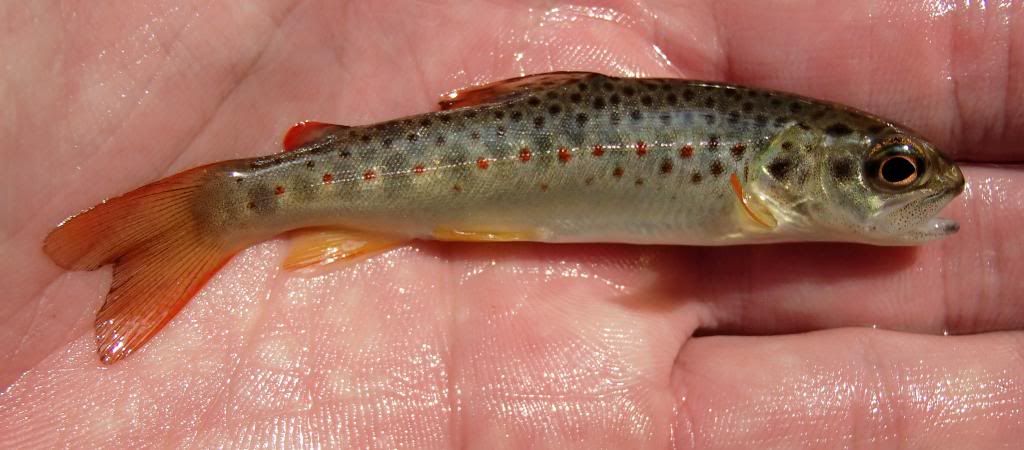
In addition to brown trout, the lower end of this stream was home to:
Eastern blacknose dace (Rhinichthys atratulus)
Cutlips minnow (Exoglossum maxillingua)
Creek chub (Semotilus atromaculatus)
White sucker (Catostomus commersonii)
Northern hogsucker (Hypentelium nigricans)
Pumpkinseed sunfish (Lepomis gibbosus)
Bluegill sunfish (Lepoims macrochirus)
Tesselated darter (Etheostoma olmstedi)
Certainly not a very species rich stream, however the assemblage is typical of coldwater streams in the region. I was a bit surprised to not find longnose dace (Rhinichthys cataractae) or mottled sculpin (Cottus bairdii) in any of the riffles.
After departing from the stream, we headed westward to Ohio and sent the brown trout and white sucker samples off to a laboratory to be tested for PCB content. Of course, I cannot share the results of the testing, as that would violate confidentiality agreements.
During the trip I had to keep reminding myself that this stream chocked full of brown trout and numerous other coldwater species was also a Superfund Site. Hopefully, the stream and its residents will one day be free from the legacy of contamination in the watershed.
Well, this has helped me fight off cabin fever for another day (snowiest winter in northwestern Ohio since 1978). If any of you happen to be in the Philadelphia area, this stream isn't a bad place to stop and visit...especially if you're interested in catching a pearl dace or cutlips minnow (I bet the trout fishing isn't bad either



